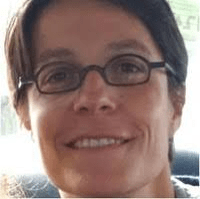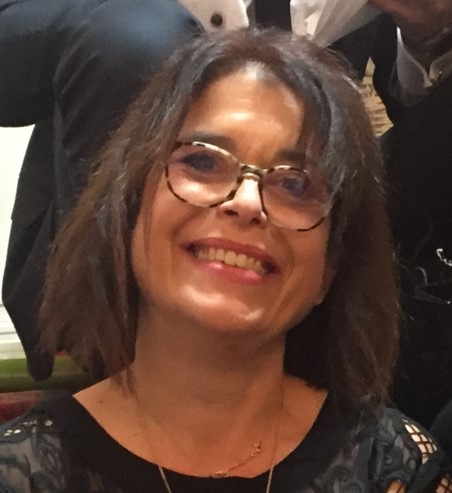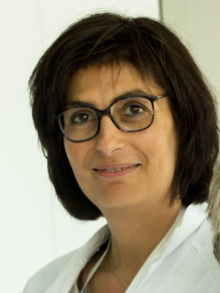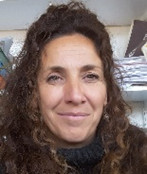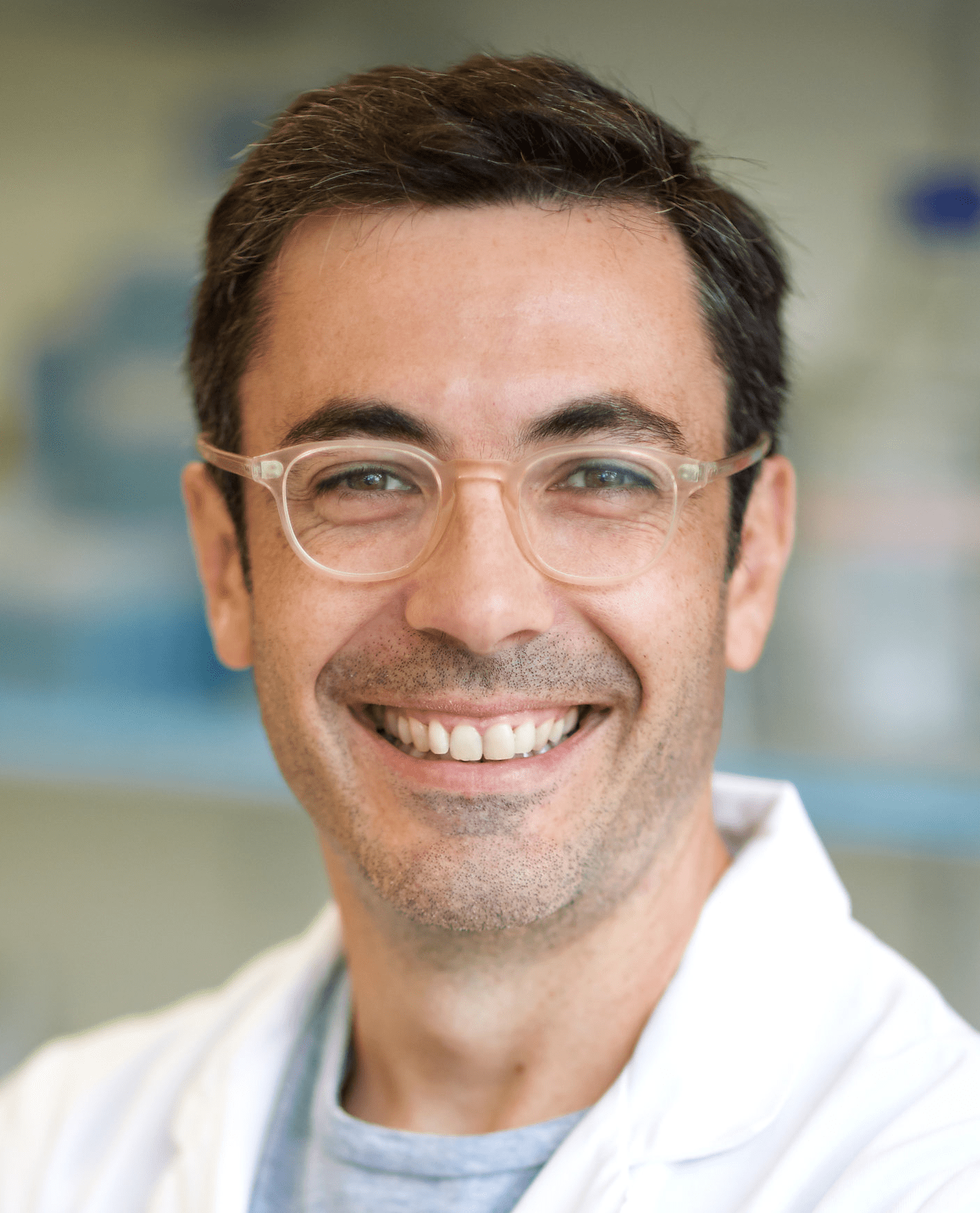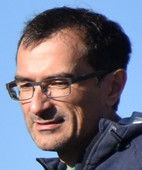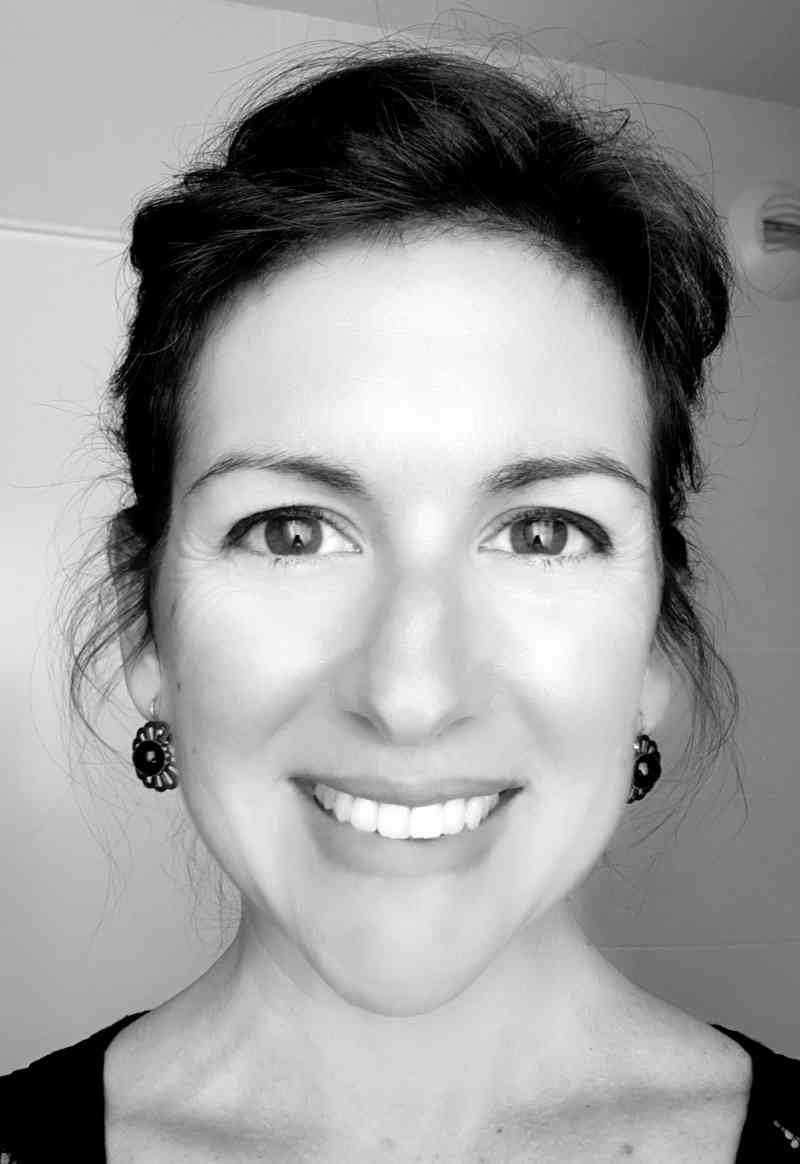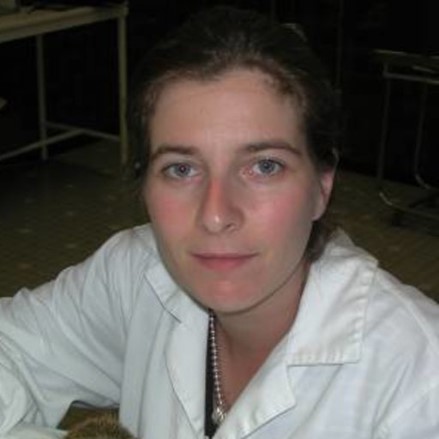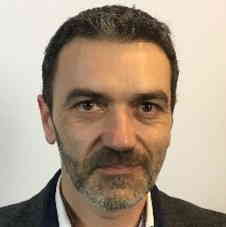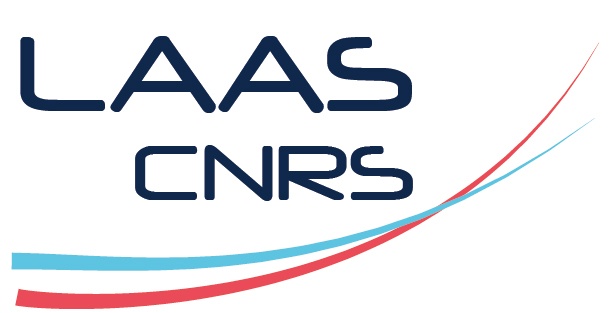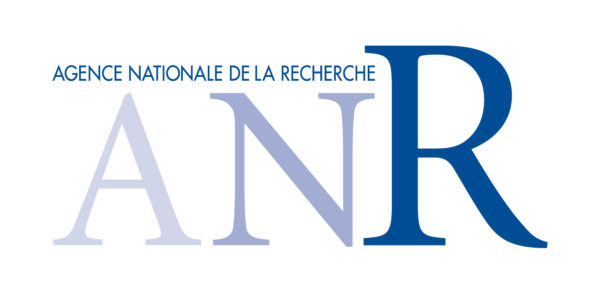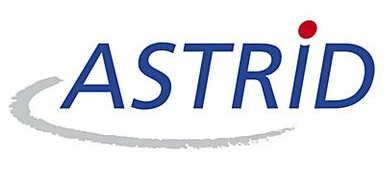This website uses cookies so that we can provide you with the best user experience possible. Cookie information is stored in your browser and performs functions such as recognising you when you return to our website and helping our team to understand which sections of the website you find most interesting and useful.
STROMAGICS
Coralie Sengenes
Repair/Regenerate via the circulation of mesenchymal stromal cells between organs
From their development to the end of their lives, most organisms experience a gradual decline in their regenerative capacity. Schematically, each organ can be divided up into a functional compartment, the parenchyma, and a stromal compartment, the stroma, which supports the parenchymal cells of the organ. In the stroma, there is a population of cells with multiple differentiation capacities, the mesenchymal stromal cells (MSCs). MSCs exhibit a strong regenerative potential and are considered key players in the regeneration of damaged tissue. Adipose tissue is, to date, the richest reservoir of MSCs where they are called adipose stromal cells or ASCs. Unexpectedly, this ASC reservoir can be mobilized in response to stresses of inflammatory and/or lesional origin. Once released, ASCs infiltrate the damaged/inflamed organ and participate in its remodeling and/or regeneration.

How are ASCs recruited? What are the functional characteristics of mobilized ASCs? How does the contribution of ASCs to regeneration evolve according to age-related frailty ? All these questions remain unanswered.
The STROMAGICS project consists in deciphering the relationship between stromal dynamics and age-related functional decline. Our scientific objectives are the following:
- To identify the molecular and cellular characteristics of mobilizable ASCs and the mechanisms controlling and enabling this original dynamics
To characterize this dynamic in the context of aging
research areas
AXIS 1
Molecular and cellular mechanisms controlling the dynamics of ASCs in response to distant tissue stress
We are analyzing the heterogeneity of ASCs in terms of motility, differentiation capacity and metabolomic profile.



AXIS 2
How do ASCs circulate between organs in response to distant tissue stress?
We are trying to identify the paths used by ASCs to circulate and the molecular and cellular mechanisms they use to navigate between organs. In particular the blood pathway and fascia. We are also exploring the control of these dynamics exerted by the nervous system.
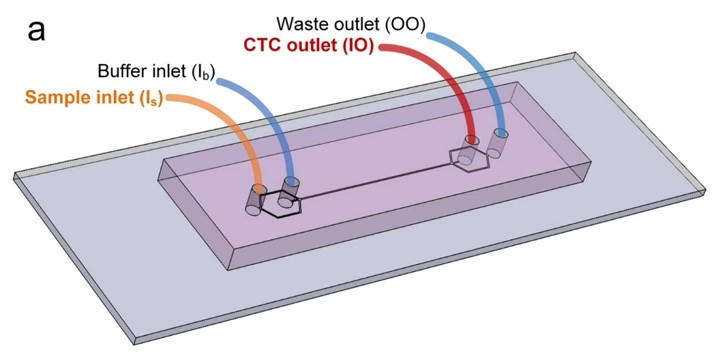
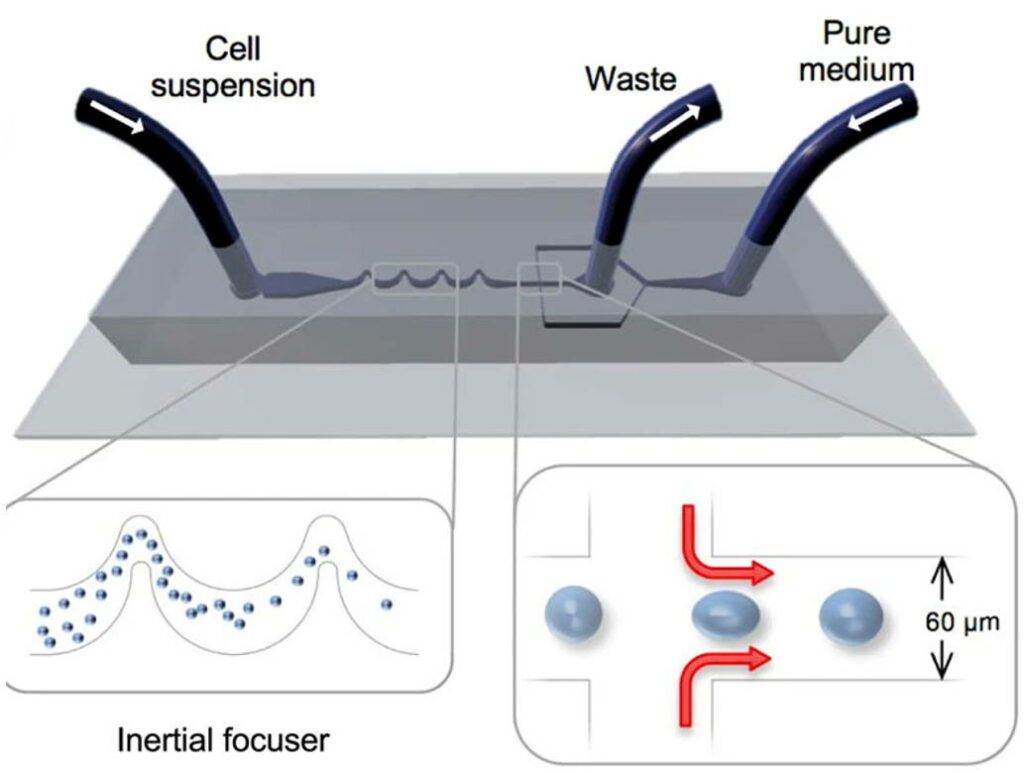

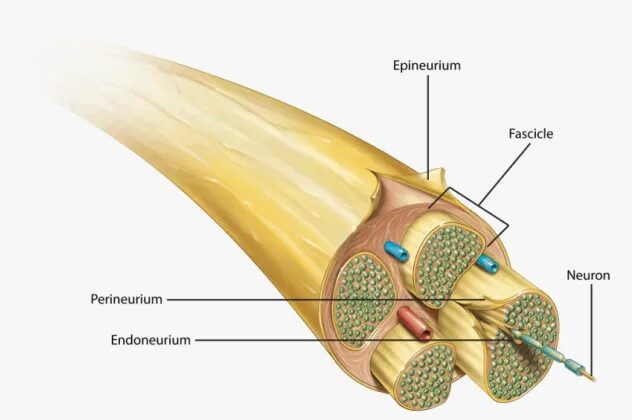
AXIS 3
Functional decline and analysis of ASC dynamics
In this part of the STROMAGICS project, we investigate whether functional decline is associated with altered inter-organ dialogue in response to tissue damage in animal models and human.

team members
Publications
- Jullien D. *, Guillou E., Bernat-Fabre S., Payet A., Bourbon H.M. and Boube M.* (2022) Inducible degradation of the Drosophila Mediator subunit Med19 reveals its role in regulating developmental but not constitutively-expressed genes PLOS One In press
- Bourbon H-M, Benetah M.H., Guillou E., Mojica-Vazquez L.H., Baanannou A., Bernat-Fabre S., Loubiere V., Bantignies F., CavalliI G. and Boube* M. (2022) A shared ancient enhancer element differentially regulates the bric-a-brac tandem gene duplicates in the developing Drosophila leg. PLoS Genet 18(3):e1010083. doi: 10.1371/journal.pgen.1010083. eCollection 2022 Mar
- Lise Rabiller, Elodie Labit, Christophe Guissard, Silveric Gilardi, Bruno P Guiard, Lionel Moulédous, Marine Silva, Gilles Mithieux, Luc Pénicaud, Anne Lorsignol, Louis Casteilla and Cécile Dromard*. Pain sensing neurons promote tissue regeneration in adult mice. Npj Regenerative Medecine 2021 6(1):63.
- Cécile Dromard Berthézène, Lise Rabiller, Géraldine Jourdan, Béatrice Cousin, Luc Pénicaud, Louis Casteilla, Anne Lorsignol. Tissue Regeneration : The Dark Side of Opioids. International Journal of Molecular Sciences 2021 22(14),7336 .
- Lise Rabiller, Virginie Robert, Adèle Arlat, Elodie Labit, Marielle Ousset, Marie Salon, Agnès Coste, Léa Da Costa-Fernandes, Paul Monsarrat, Bruno Ségui, Mireille André, Christophe Guissard, Marie-Laure Renoud, Marine Silva, Gilles Mithieux, Isabelle Raymond-Letron, Luc Pénicaud, Anne Lorsignol, Louis Casteilla, Cécile Dromard Berthézène, Béatrice Cousin. Driving regeneration, instead of healing, in adult mammals : the decisive role of resident macrophages through efferocytosis. Npj Regenerative Medecine 2021 6(1):41.
- Girousse A, Gil-Ortega M, Bourlier V, Bergeaud C, Sastourné-Arrey Q, Moro C, Barreau C, Guissard C, Vion J, Arnaud E, Pradère JP, Juin N, Casteilla L, Sengenès C. The Release of Adipose Stromal Cells from Subcutaneous Adipose Tissue Regulates Ectopic Intramuscular Adipocyte Deposition. Cell Rep. 2019 Apr 9;27(2):323-333.
- Guillaume L, Rigal L, Fehrenbach J, Severac C, Ducommun B, Lobjois V. Characterization of the physical properties of tumor-derived spheroids reveals critical insights for pre-clinical studies. Sci Rep. 2019 Apr 29;9(1):6597.
- Boyrie S, Delmas C, Lemarié A, Lubrano V, Dahan P, Malric L, Luis J, Gilhodes J, Tosolini M, Mouly L, Lehmann M, Toulas C, Cohen-Jonathan Moyal E, Monferran S. RND1 regulates migration of human glioblastoma stem-like cells according to their anatomical localization and defines a prognostic signature in glioblastoma. Oncotarget. 2018 Sep 18;9(73):33788-33803.
- Girousse A, Virtue S, Hart D, Vidal-Puig A, Murgatroyd PR, Mouisel E, Sengenès C, Savage DB. Surplus fat rapidly increases fat oxidation and insulin resistance in lipodystrophic mice. Mol Metab. 2018 Jul;13:24-29.
- Contreras X, Salifou K, Sanchez G, Helsmoortel M, Beyne E, Bluy L, Pelletier S, Rousset E, Rouquier S, Kiernan R. Nuclear RNA surveillance complexes silence HIV-1 transcription. PLoS Pathog. 2018 Mar 19;14(3):e1006950.
- Labit E, Rabiller L, Rampon C, Guissard C, André M, Barreau C, Cousin B, Carrière A, Eddine MA, Pipy B, Pénicaud L, Lorsignol A, Vriz S, Dromard C, Casteilla L. Opioids prevent regeneration in adult mammals through inhibition of ROS production. Sci Rep. 2018 Aug 15;8(1):12170.
- Marin B, Beghi E, Vial C, Bernard E, Lautrette G, Clavelou P, Guy N, Lemasson G, Debruxelles S, Cintas P, Antoine JC, Camdessanche JP, Logroscino G, Preux PM, Couratier P; EURECALS consortium. Evaluation of the application of the European guidelines for the diagnosis and clinical care of amyotrophic lateral sclerosis (ALS) patients in six French ALS centres. Eur J Neurol. 2016 Apr;23(4):787-95.
- Mogicato G, Layssol-Lamour C, Mahler S, Charrouin M, Boyer G, Verwaerde P, Jourdan G. Anatomical and ultrasonographic study of the femoral nerve within the iliopsoas muscle in beagle dogs and cats. Vet Anaesth Analg. 2015 Jul;42(4):425-32.
- Gil-Ortega M, Garidou L, Barreau C, Maumus M, Breasson L, Tavernier G, García-Prieto CF, Bouloumié A, Casteilla L, Sengenès C. Native adipose stromal cells egress from adipose tissue in vivo: evidence during lymph node activation. Stem Cells. 2013 Jul;31(7):1309-20.

